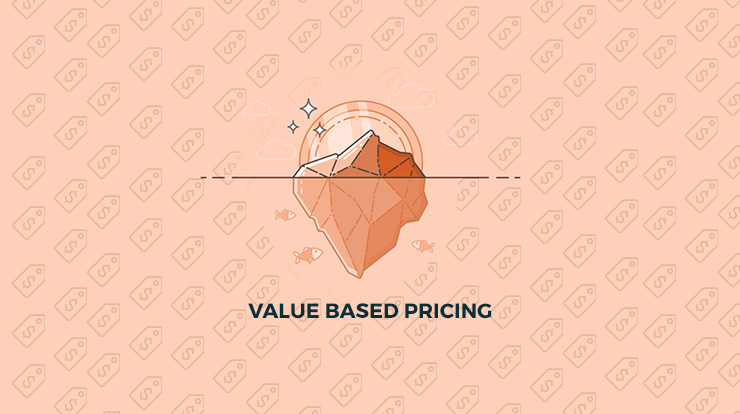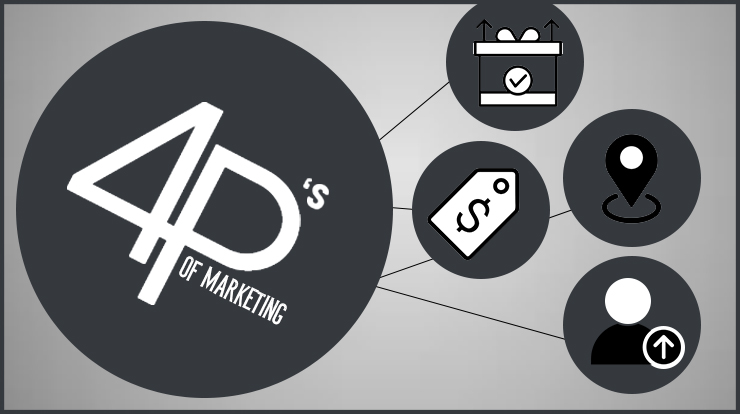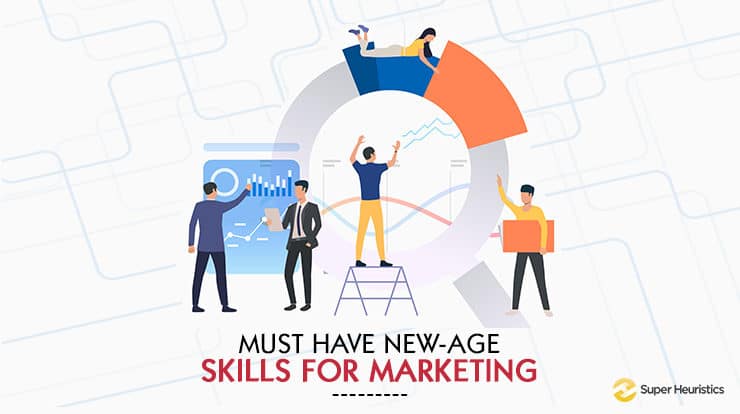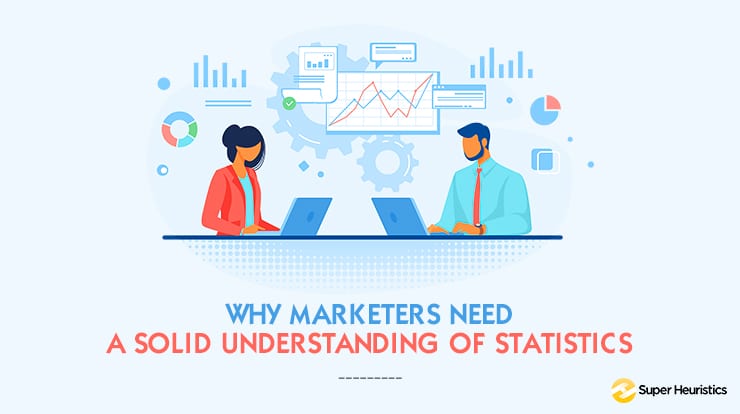
What is that one rule that all marketers have learnt by heart? “Know your customer”. There’s nothing more valuable to organizations than the knowledge of variables that influence customer decisions. Just think of scenario where you decide to conduct an event in your college. Won’t you put all your efforts to make that event a ‘Sold Out’ event. In that case it becomes imperative to understand What is a Sales Funnel and how does it work?
Marketers have been running madly behind capturing the customer ‘Touch Points’. Seldom they orient themselves towards catering to individual touch points. But the picture looks quite different when the end-to-end customer journey is considered. See for yourself!
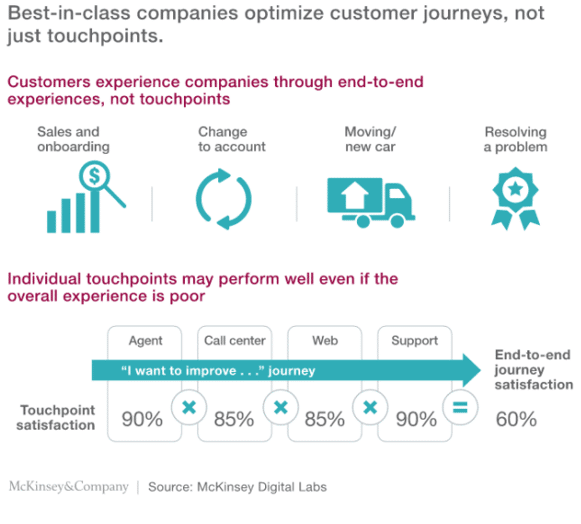
The requirement is to know your customer from an ‘outside in’ perspective. Paying more attention to the complete, end-to-end customer journey becomes a must for anyone who wants to sell to their customers.
But then, who am I to just blurt out these opinions out of nowhere. So, I would like you to see this video and then put your trust in me.
In this article lets understand how our marketers do it with a simple framework and also look into the evolution of the framework with time and technology. Let’s get started with our fundamental question- What is a sales funnel and how does it work?
What is a Sales Funnel and How Does it Work?
For a company to be successful, it is important to have the right product or service, a good market for the offering and the right methodology in place to make the sales happen. This is a long story cut short.
But even after having the right product or service suited to your customers, it can become a very difficult task to convince those customers to buy what you are offering.
To put that into perspective, only about 2% of sales are made on the first encounter of your product. On an average, a customer needs 5 to 8 contact moments before a purchase is made.
Well, I have a friend who needs at least 15! But he sure is a customer too and the companies need to convince him too!
What is a Sales Funnel?
A sales funnel is an illustration of all the stages that the customer goes through that lead him to make his final call about a product or service.
It’s amazing to know that the idea of a sales funnel dates back to 1898 when E. St. Elmo Lewis developed a purchase funnel for attracting customers to purchase your products or service.
The funnel model is symbolic of the fact that the conversions keep going down as the customer progresses through the different stages. At last, you are left with those miniscule numbers who you were able to convince through your efforts.
The traditional model has 4 stages that categorize the customer buying behavior:
- Awareness
- Interest
- Decision
- Action

Those are some fancy words out there. But how does that help in selling better is the bigger question. Let’s shift our focus to the second part of the question- What is a sales funnel and how does it work?
How Does it Work?
A sales funnel indicates the path taken by your customers. It is very important to understand the lead funnel in order to optimize it. How does it work for you?
- Align- Feature in the Initial Consideration
Ensure that whatever you do is aligned to your target customer. It’s important to first generate the many leads who at least have a look at your product. The messaging has to be increasingly targeted.
When you want to promote your college event, you will consider Facebook, Instagram and LinkedIn for your communication plan. You do realize that’s where your target audience resides. An e-mail on the other hand may go unnoticed.
- Lock- Work on Ways to Retain Your Customer
Once inside the funnel, it is important to retain your leads till they make the purchase.
Just think about those loyalty cards that you get whenever you visit your favorite clothing store. It’s a method to keep you hooked to the store by sending you those irresistible offers!
- Plug Holes- Know What’s Tipping off Your Customer
By analyzing the various stages of the funnel, you can know at what stage your customer is dropping off from your sales funnel. Identification of the problem becomes easier and it can accordingly be corrected.
But hey Isn’t Change the only constant! Sure, it is! Technology has changed the customer and in order to serve the digitally driven customer, frameworks also need.
By this time, we are clear about what is a sales funnel and how does it work. Now let’s try and analyze the factors behind what forces customer to make his choices in the funnel.
Factors That Drive a Customer’s Choice
There is an interesting model that explains how customer choice are determined. It’s called the ‘Fogg Behavioral model’
The model indicates that there are three elements that need to converge for behavior to occur- Motivation, Ability and Invitation to Action.

Motivation
It is the emotional backdrop of the customer deciding to go through your funnel. These exist from the primordial characteristics of a man. Just look at the image below! Doesn’t the pleasure involved make you check out the offerings?
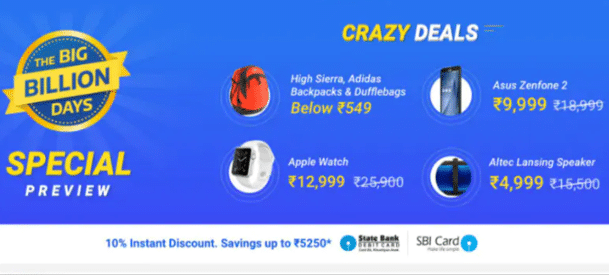
Why do you think customers enroll to platforms like Shaadi.com? It is the hope involved of finding the right match.
There is one scenario with which all of us can connect to. Have you reached out to your friends to book that MI or OnePlus phone for you? The phones were sold out in no matter of time and because of the fear of losing out, we used to tell our whole gang to book those for us.
Ability
In order to carry out an action, the customer needs to have the ability to do so. The offering must be reasonable enough for the customer. BJ Fogg defined that simplicity is the key to drive customer to buy your product.

Just think of the situation when the customer is motivated to experience your products but you have priced it unreasonably high. If he does not have the ability to buy it, motivation goes down the drain.
The weakest link will decide if your customer moves forward in the funnel. Even with a single weak link, the chain becomes unreliable.
Trigger
It is a call to action. It is the main attention-grabbing element that persuades the customer to make the purchase. See the image below:

This features at the top as soon as you go to their website. The big discount percent flashing on the top triggers you to make the purchase. And on top of that they have a direct link to avail those discounted products. This saves the customer’s time and efforts to browse through the multitude of products.
It is important to optimize all the three elements to drive sales. The answer to the question- What is a sales funnel and how does it work is fundamental for present and future marketers alike if they need to cater to these customer elements.
It is equally important to understand the change in business panorama with the introduction of technology. Technology has changed the customer and in order to serve the digitally driven customer, frameworks also need to change.
The Emerging Digital Sales Funnel
We are living in a digital era and are interacting with modern customers. With the kind of digitalization being adopted and e-commerce gaining momentum, having a website has become the bare minimum for businesses.
Going digital is in fact very beneficial to understand the customer purchase process and take corrective actions of why the customer is dropping off from the lead funnel.
So, I thought why not understand the sales funnel from a digital perspective.
Marketer’s Armour to Implement the Digital Sales Funnel
A marketer’s armour consists of some tools and metrics to design the customer journey and measure their impact on the customer.
Tools for Awareness
Landing Page: A landing page should be made with clear goals in mind. You want to sell your product, want people to subscribe to your services or add new contacts to your emailing list. All of it should reflect on that landing page. There should be a clear call to action.
Just look at this example:

Pop-Up Funnels: This is again an effective methodology for lead generation.
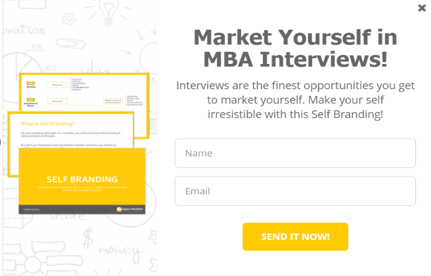

Signup Form: It is a basic tool to make your customers go through the other stages of your funnel and not just browse through your website.

A popup o the Magic Spoon website to lure customers to enter the contest and in turn get them to sign up
Google Ads: It helps you reach people who are actively looking for a solution that your product or service can offer.
Tools like SEO, search ads, display ads make you relevant when the customers enter their search keywords.

KPIs for Interest
Sessions: It indicates the no. of visits to you site. All visits that a user may make on your website within a duration of 30 minutes is counted as one session.
Bounce Rate/Drop-off rate: It is the percentage of users who only visit a single page and leave your website. Lower the bounce rate, better is the customer engagement

See for yourself how a customer journey’s through the various pages you offer!
Average Session Duration: This is the average time in seconds that the user stays on your website. Lower average time indicates that the content on your website is not engaging enough.
Click Through Rate: It helps you measure the success of any campaign. If the user clicks on an ad to know more, you understand that they found it compelling enough.
Tools for Decision
Segmentation: Segment your customers on the basis of who has shown interest and have received all the necessary information about your product or service. This helps you incentivize your segmented customers to make the action.
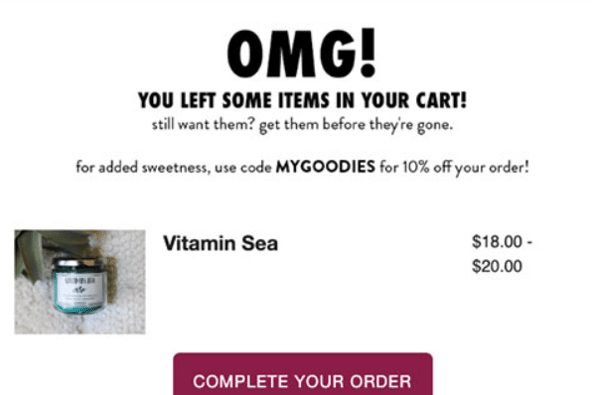
Metrics for Action
Cart Abandonment Rate: Lets you know what products are left abandoned in the cart and optimize your sales strategy for them.
Average Order Value (AOV)- Helps you monitor average order values so that you can give bundled offerings or any other offer that can boost your sales.
Return on Ad Spend (ROAS)- By analyzing which ads are working best, you can allocate your costs better.
This is not an exhaustive list. For more of these metrics, I would like you to go through this blog.
There are some questions that you need your sales funnel to answer in order to optimize your sales funnel:
- What are the bottle necks in my sales process?
- What is the stage where I am losing my prospective customers?
- What are the trigger points that are working and which ones are not?
- Am I able to create a customer experience for them to return to my site for future purchase?
I hope this article will provide you a robust answer to What is a Sales Funnel and How does it work. Moreover, it will also help you design, measure and optimize your customer journey so that more sales can be driven to your platform.
Conclusion
- In this article we have tried answering a very fundamental question- What is a Sales Funnel and how does it work
- A Sales funnel is a visualization of the journey that a potential customer takes to become your customer
- The funnel keeps narrowing as the potential customers keep dropping off at subsequent stages of the Sales Funnel
- The lead funnel is a useful tool to analyze what you are doing right and what is going wrong in converting the customers
- There are 4 stages in the sales funnel- Awareness, Interest, Decision, Action (AIDA)
- Awareness is when the customer comes to know that your product or service exists
- Interest is when the customer is interested to know more about what you have to offer
- Decision is the stage where customers evaluate all their choices
- Action is the final stage where the customers makes a purchase of your product or service
- Businesses are moving online and this is helping businesses measure customer preferences at each stage very easily

